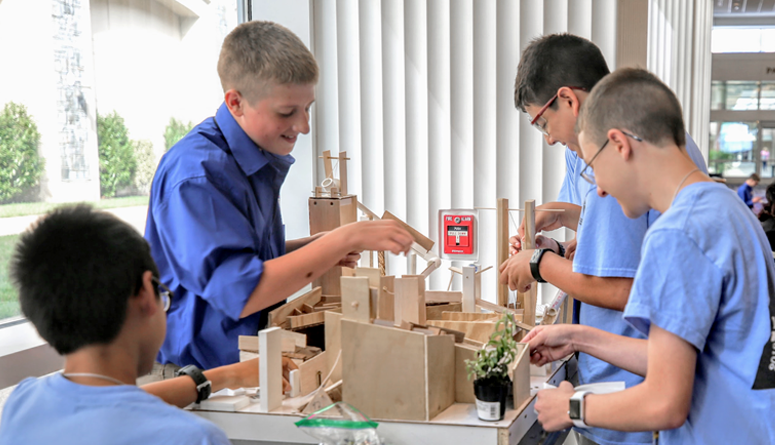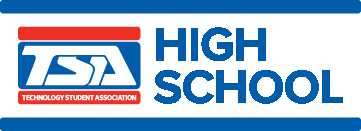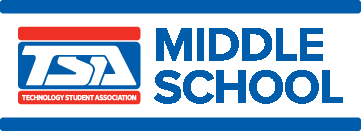TSA offers 40 high school competitions. The eligibility chart provides the eligibility requirements for each competition and is applicable to the national TSA conference. (State delegations may choose to alter their events for local conferences. Click on your state to preview the requirements pertaining to your regional and/or state conferences.)
Coding
Participants take a test, which concentrates on aspects of coding, to qualify for the semifinal round of competition. Semifinalists develop a software program – in a designated amount of time – that accurately addresses an onsite problem.
Data Science and Analytics
Participants identify a societal issue, collect or compile data from various sources about the issue, and then produce documentation and a digital scientific poster about their findings. Semifinalists create a synopsis and digital visual representation of a data set provided in an onsite challenge.
Software Development
Participants use their knowledge of cutting-edge technologies, algorithm design, problem-solving principles, effective communication, and collaboration to design, implement, test, document, and present a software development project of educational or social value. Both semifinalists and finalists are determined based on the quality of the presentation and project.
System Control Technology
Participants develop a solution to a problem (typically one from an industrial setting) presented onsite at the conference. They analyze the problem, build a computer-controlled mechanical model, program the model, demonstrate the programming and mechanical features of the model-solution in an interview, and provide instructions for evaluators to operate the model.
Video Game Design
Participants design, build, and launch an E-rated online video game – with accompanying required documentation - that addresses the annual theme. Semifinalists participate in an interview to demonstrate the knowledge and expertise they gained during the development of the game.
Virtual Reality Visualization (VR)
Participants use video and 3D computer graphics tools and design processes to create a two-to-three-minute VR visualization (accompanied by supporting documentation) that addresses the annual theme. Semifinalists deliver a presentation about their visualization and participate in an interview.
TSA offers 36 middle school competitions. The eligibility chart provides the eligibility requirements for each competition and is applicable to the national TSA conference. (State delegations may choose to alter their events for local conferences. Click on your state to preview the requirements pertaining to your regional and/or state conferences.)
Community Service Video
Participants create a video that depicts the local TSA chapter’s
involvement in a community service project. Semifinalists deliver a presentation on the project and participate in an interview.
involvement in a community service project. Semifinalists deliver a presentation on the project and participate in an interview.
Computer Aided Design (CAD) Foundations
Participants demonstrate their understanding of CAD fundamentals by creating a two-dimensional (2D) graphic representation of an engineering part or object and answering questions from evaluators about their entry.
Construction Challenge
Participants submit a scale model, display, and documentation portfolio for a design that fulfills a community need related to construction. Semifinalists deliver a presentation about their entry and participate in an interview.
Cybersecurity Foundations
Participants take a test that assesses knowledge of cybersecurity vocabulary and the skills needed to execute common cybersecurity tasks. Using digital presentation software, semifinalists deliver a presentation that addresses the annual theme/problem.
Data Science and Analytics
Participants conduct research on the annual topic, collect data, use analytics to assess the data and make predictions, and document their work in a portfolio and a display. To address a challenge presented onsite at the conference, semifinalists review specific data sets, provide insights, make predictions, and present their findings for evaluation.
Digital Photography
Participants produce and submit a digital photographic portfolio that relates to the annual theme. Semifinalists participate in an onsite photographic challenge and a presentation/interview.


